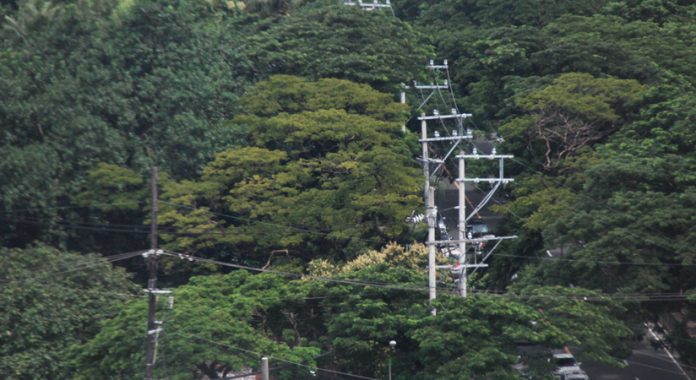MORE THAN 12,000 rural sitios still do not have access to electricity, with further funding required to meet the government’s 100% electrification target, the National Electrification Administration (NEA) said Saturday.
“We still need to energize 12,467 sitios. While the agency recommends (electrification) targets to be budgeted by the Department of Budget and Management, only a meager allocation is being given to the agency,” NEA Deputy Administrator for Technical Services Artis Nikki L. Tortola said in a statement.
According to the 2021 National Expenditures Program (NEP), P1.6 billion has been allocated for electrification projects in sitios. The total would cover only 1,085 sitios, the NEA said.
In the statement, the agency’s administrator Edgardo R. Masongsong said that additional funding must be appropriated to implement the Sitio Electrification Program in the coming years.
Mr. Masongsong said rural electrification is crucial for socioeconomic development.
“Rural electrification is not just about construction of lines reaching the last household in the EC (electric cooperative) franchise area. It is about social and economic development in the countryside,” he said.
On Saturday, the NEA said that it has identified a pathway for meeting its rural electrification target by 2022.
Some of these include accessing the availing of foreign grants and donations, using internally generated funds of electric cooperatives, entering into a qualified third party agreement, or accessing the Energy Regulation (ER) No. 1-94 program.
“Under the Qualified Third Party program, electric cooperatives can waive a part of their unviable areas to qualified private investors,” Mr. Masongsong said. He added that if there were no takers, the National Power Corp. (Napocor) can implement these projects through missionary electrification.
According to the Energy Department’s ER 1-94 program, host communities must receive one centavo for every kilowatt-hour (P0.01/kWh) of the total sales of power generating companies to fund electrification, livelihood and development projects in the area. — Angelica Y. Yang

